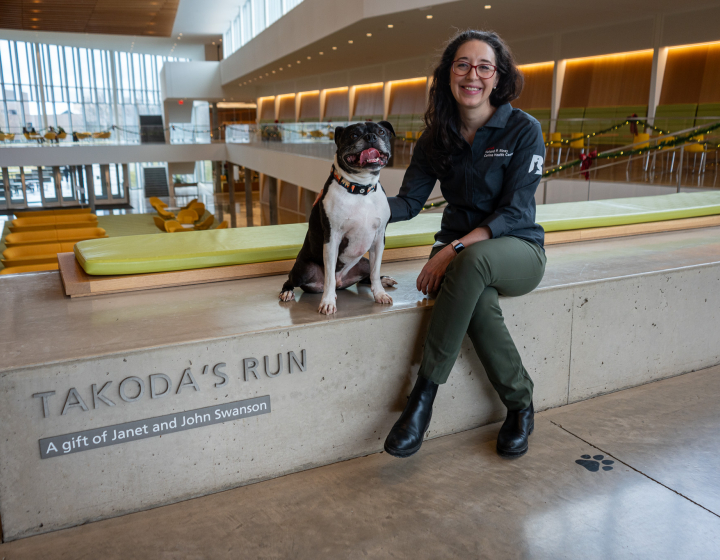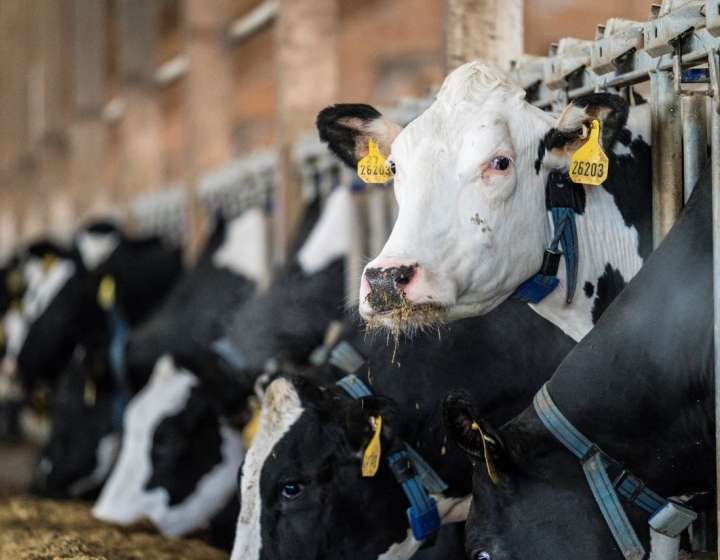Study finds women earn less, advance slower than men as veterinarians
Women veterinarians make less than their men counterparts, according to new research from the College of Veterinary Medicine that lays the groundwork for such studies in this industry. Overall, the disparity predominantly affects recent graduates and the top half of earners. For the top quarter of earners, the annual difference is approximately $100,000.
“Veterinarians can take many paths in their careers, all of which affect earning potential,” says the paper’s senior author Dr. Clinton Neill, assistant professor in the Department of Population Medicine and Diagnostic Sciences. “Similar to what’s been found in the human medicine world, we found the wage gap was more prominent in the beginning of their careers, but dissipates after about 25 years. This has large implications for lifetime wealth and earnings, as men will consequently have a larger sum of wealth at the end of their careers because of this.”
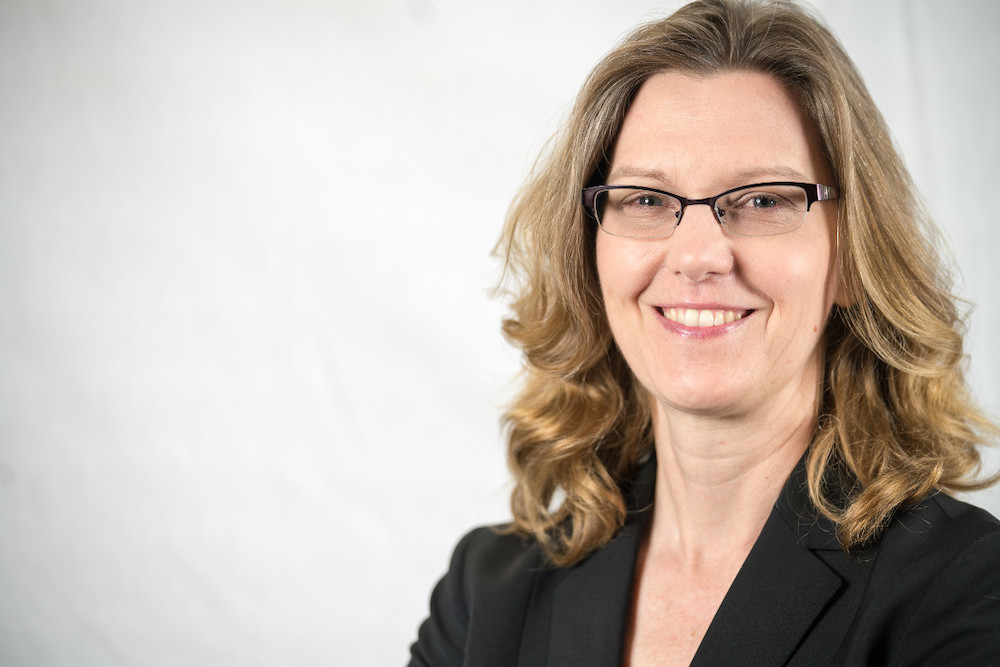
This is the first overarching study of the gender wage gap in veterinary medicine. Neill and his collaborators examined practice ownership income, experience and specialty certification. The paper, which was published March 15 in the Journal of the American Veterinary Medical Association, is also the first peer-reviewed publication for the newly-established Center for Veterinary Business and Economics.
“The bias that affects women starts from childhood,” says Michelle Moyal, D.V.M. ’07, lecturer and primary care surgeon at Cornell’s Small Animal Community Practice. Both Moyal and associate dean for education Jodi Korich, D.V.M. ’97, note that they became aware of the disparity only after graduating from veterinary school.
For Korich, as someone who graduated with student loan debt, it was doubly important that she maximize her earning potential. “As I moved through my career, I sought out opportunities to strengthen my negotiation skills,” Korich says. “I also made a conscious effort to pursue positions that would allow for career advancement.”
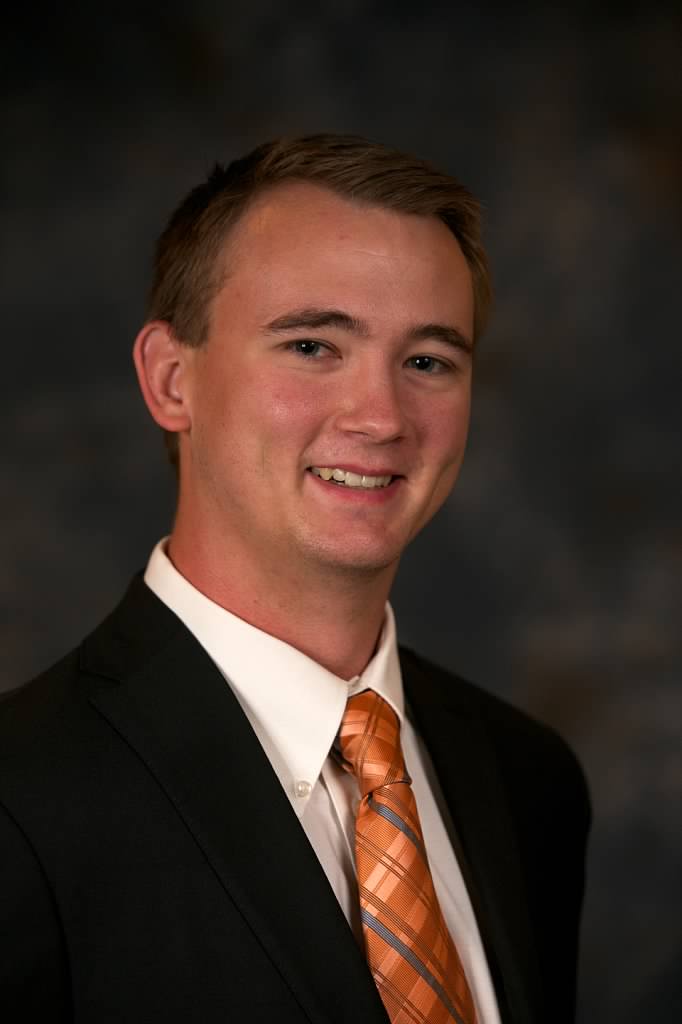
The effects of this bias on an industry scale can be linked to some common misconceptions about the issue in general, says Neill. “When people discuss the gender wage gap, there is a general misunderstanding about the role of practice ownership,” he notes. “People mistakenly think that there’s not a gender wage gap but rather an ownership gap between the genders.”
While Neill and his collaborators did indeed find that there was an ownership disparity, this didn’t account for the wage gap as a whole. “Even when we control for practice ownership, for experience — if everything else is the same, women still make less,” Neill says.
Their analysis showed that type of ownership also plays a role. Partnerships, for example, are more beneficial for women’s income earning potential than sole proprietorships, while any form of ownership benefits men’s incomes. When it comes to the number of years worked, the study found that men move into higher income brackets at lower levels of experience than women.
“Obviously, the further you get into your career, the more money you’re likely to make, but men make bigger jumps with every year of experience compared to women,” Neill says.
If more young women were made aware of the gap, says Moyal, it might prove a deterrent to their interest in joining the profession at all. “It may also push female veterinarians into specialty practice, even if that’s not something they initially considered, so that they’d be in the same salary range as their male counterparts,” she says, noting that this might not be a perfect tradeoff given the amount of debt they might incur as a result.
At Cornell, enrollment in the doctor of veterinary medicine program saw a roughly even gender split for the first time in 1979, and women have increasingly outnumbered men since 1980. This was due in part to national efforts like the Higher Education Act of 1973. In 2020, 80% of the incoming veterinary class were women. The veterinary profession as a whole shifted to reflect the student body trends in 2009, and at the end of 2019 hovered just above the 60% mark.
Korich suggests that since the gender pay gap is ubiquitous across most professions, it might not necessarily serve as a deterrent to women entering veterinary medicine specifically. “However, if the veterinary profession were able to lead in this area and correct the pay gap, it could serve as a powerful incentive for talented women to join,” says Korich. “I’d like to see the veterinary profession make this a priority, and I am excited that the Center for Veterinary Business and Entrepreneurship will be focusing on gender pay gap research to help make this a reality.”
Despite being in the majority, women consistently make less than men, which Neill agrees is true across most industries. The reasons for such inequality are more challenging to identify. The researchers cite unconscious bias, size of practices, less external financing and societal expectations as potential factors. Neill says that the field in general is motivated to find fixes to the problem. “People have known the gap to exist anecdotally for a long time,” he adds.
While the paper's aim is to lay the groundwork for more solution-oriented studies, the researchers do suggest that measures like industry-wide income transparency could help close the gap. Korich agrees with such measures, noting, “The lack of salary transparency in most workplaces in the United States has created an environment where inequity remains hidden, allowing it to persist.” Moyal adds that some type of standardization of salary base ranges should be considered, and that institutions and practices could commit to an accreditation process that demonstrates their obligation to improving standards in many aspects of veterinary medicine.
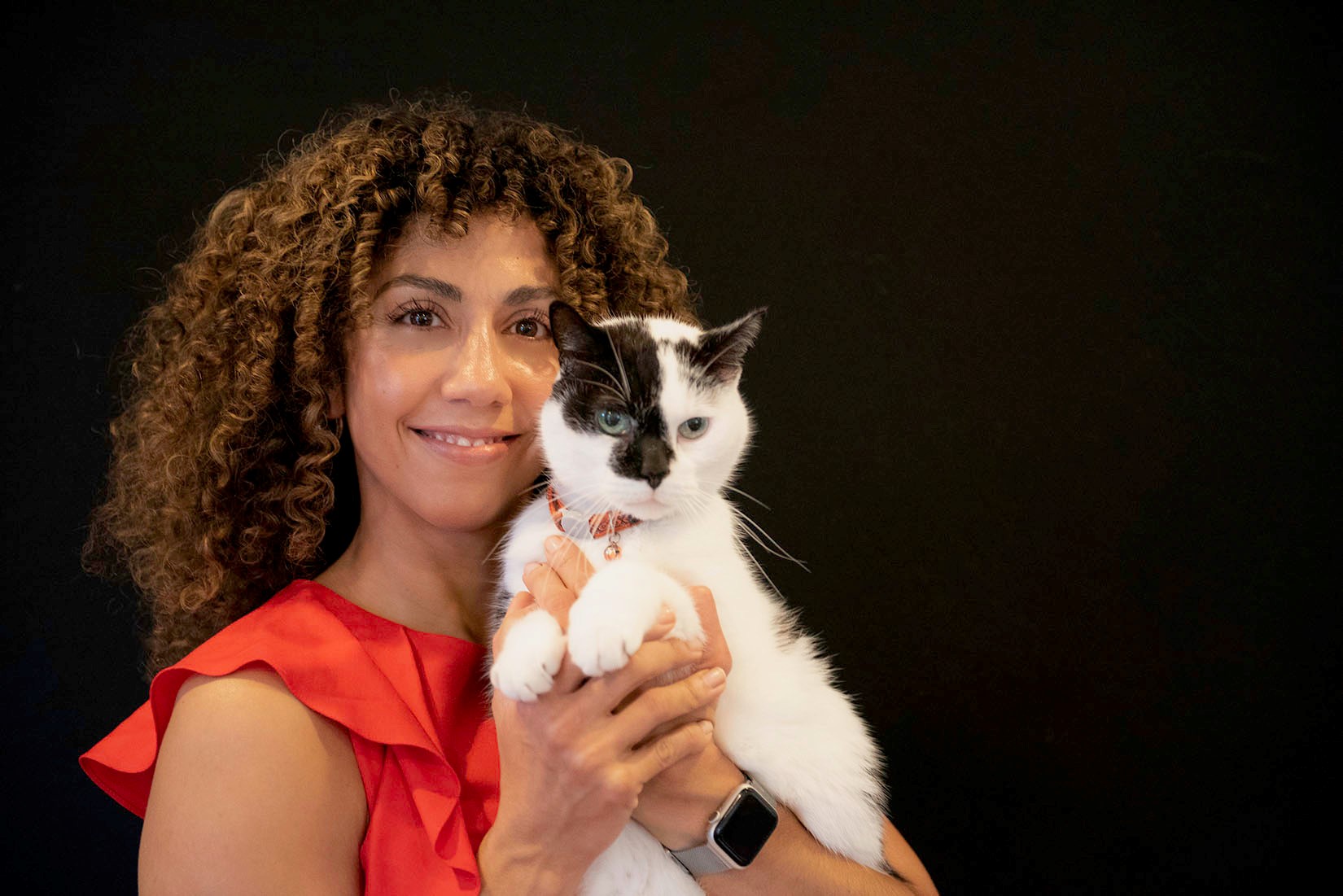
In the future, the researchers plan on studying similar disparities across ethnicities — veterinary medicine is among the whitest professions in the country — and drilling deeper into “non-cognitive traits,” like the behavioral and societal expectations women face versus men.
Korich emphasizes that societal norms have a powerful and largely unconscious influence on perpetuating gender pay gaps. “It starts right in our homes and families: How is workload divided in our homes? How are the career goals balanced within a partnership?” she says. “In the workplace, I think there are unconscious behavioral expectations that often penalize women for advocating for themselves, whether it be negotiating for one’s salary or putting oneself in a position to advance to the next level within an organization. These behaviors persist in many cases because they are unconscious. I think part of the solution is to raise awareness within ourselves and in our workplaces.”
Moyal has also seen similar societal norms at play when it comes to interacting with clients. “One example that comes to mind is the time a human medical professional questioned a treatment plan for his animal and wouldn’t agree to anything until he spoke with the male practice owner,” Moyal says. “These ‘silent’ factors also lead to the increased stress and burnout that many female veterinary professionals face daily.”
Neill and his co-authors intend to collaborate with researchers across multiple disciplines at Cornell to examine such unconscious biases. “Our hope is that this will spearhead the next set of studies on the earnings of underrepresented minorities and continue the momentum of creating pay equality for all those in veterinary medicine,” he says. “It’s the right thing to do, and it will help the whole industry flourish.”
-Written by Melanie Greaver Cordova



